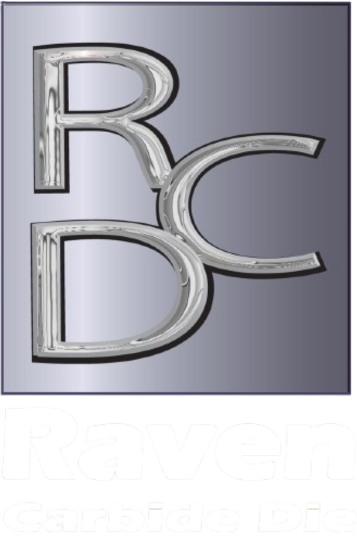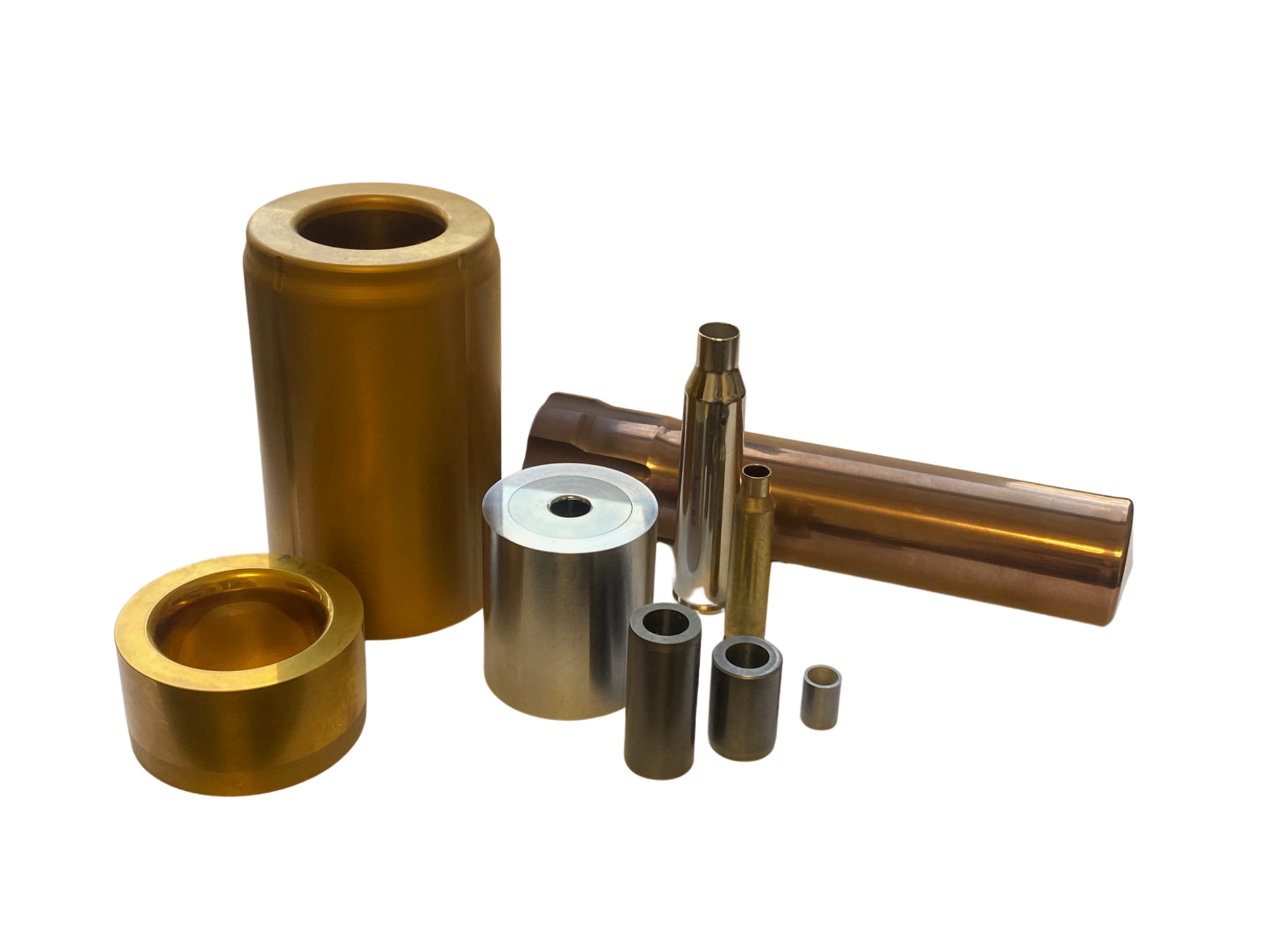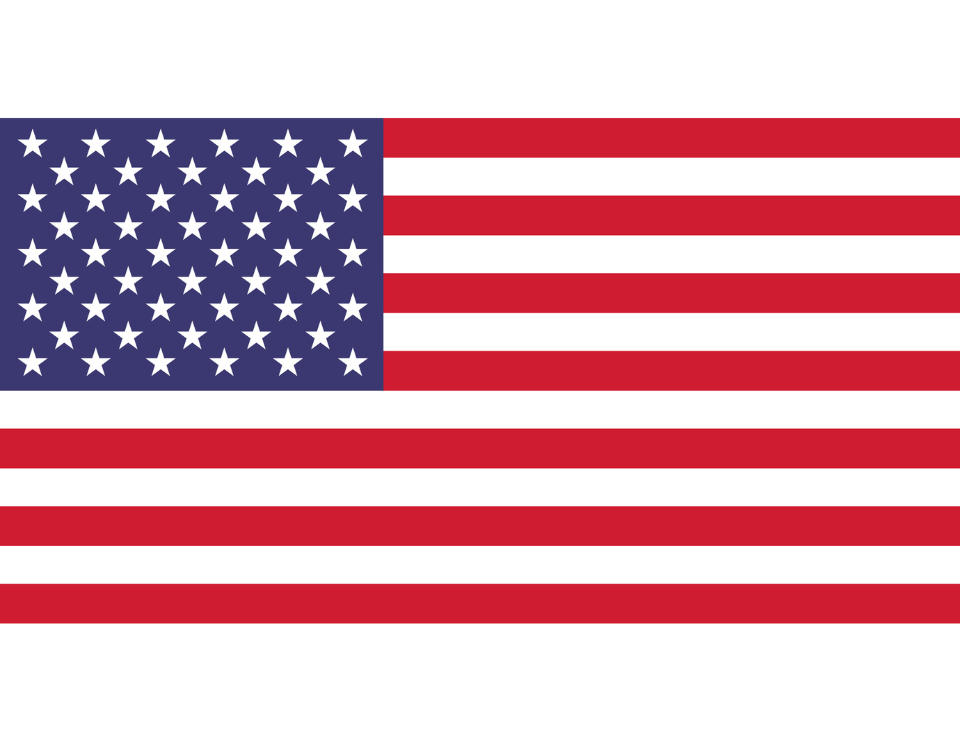
Extrusion is a process where material is pushed through a shaped opening to create a desired form. This opening is called an extrusion die, and it acts as a mold, giving the material its final shape.
Extrusion dies are important in manufacturing various products, from simple rods and tubes to complex custom profiles. They come in many forms to meet the demands of different industries and applications. In this blog, we’ll look at the main types of extrusion dies and discuss the key factors to consider when choosing one.
Main Types of Extrusion Dies
We can broadly classify extrusion dies into three main types, each designed to produce distinct product geometries and cater to various industrial applications. Let’s take a closer look at each:
Solid Dies
As the name suggests, solid dies produce solid shapes. These shapes are often simple and uniform, such as rods, bars, and wires. Picture a die with a circular opening – this would produce a solid cylindrical rod. Solid dies are generally the simplest type of extruder die in terms of design and construction.
Hollow Dies
These dies create products with hollow cavities, such as tubes, pipes, and hollow structural sections. To achieve this, a mandrel is positioned within the die to form the internal cavity. The material flows around the mandrel, creating the hollow shape. Designing hollow dies requires more intricate engineering than solid dies due to the added complexity of the mandrel and the need for precise material flow control.
Profile Dies
Profile dies create the most complex shapes, including intricate cross-sections with multiple voids, curves, and varying thicknesses. Window frames, door handles, and automotive trim are just a few examples of their finished products. The design of these dies is the most complex, often requiring advanced engineering and manufacturing techniques.
Making the right choice among the types of extrusion dies is crucial for achieving the desired final product. Factors like the intended application, material properties, and production volume all influence the decision-making process. If you need help determining which die type best suits your needs, our team of experienced die makers can provide expert guidance.
Factors Influencing Die Choice
Choosing the right extrusion die involves considering several key factors. These factors directly impact the die’s design, material, and, ultimately, its effectiveness in producing the desired product.
Material
Firstly, the type of material being extruded plays a significant role. Different materials have varying properties, such as viscosity and temperature sensitivity, which influence die design. For instance, aluminum extrusion dies differ from those used for plastics or steel.
Desired Shape
Also, the desired shape of the final product is critical. As discussed earlier, simple shapes like rods and bars require solid dies, while hollow shapes necessitate hollow dies with mandrels. Complex profiles demand intricate die designs with specialized features.
Production Volume
Finally, production volume influences die selection. Durable die materials like carbide are preferred for high-volume production. In contrast, lower-volume production may utilize less expensive materials like steel.
Analyzing these factors allows manufacturers to optimize their extrusion process for efficiency and product quality.
Optimize Your Extrusion Process with Raven Carbide Die
Extrusion dies are indispensable tools in modern manufacturing, enabling the creation of a wide array of products. Understanding the different types of dies and the factors that influence their selection is critical for successful extrusion. Careful consideration of the material, desired shape, and production volume allows you to choose the right die for your intended application.
Want to learn more about our top-quality extrusion dies? Reach out to us for expert advice and solutions tailored to your specific requirements. Contact us today!



